| Lever Press has published a new pathbreaking book on the humanities, Extraordinary Partnerships: How the Arts and Humanities are Transforming America, edited by Christine Henseler, Chair of the Department of Modern Languages and Literatures and Co-Director of 4Humanities at Union College. Her "inspirative and hopeful collection demonstrates that the arts and humanities are entering a renaissance that stands to change the direction of our communities." (book jacket) Among the authors are Kim Cook of the Burning Man team, Ella Maria Diaz of Cornell University, Ari W. Epstein of Massachusetts Institute of Technology, Doris Sommer of Harvard University as well as Christina Lanzl of the Urban Culture Institute. Her essay, Toward a New Paradigm: Public Art and Placemaking in the Twenty-First Century, is featured in part 1 of the anthology, Toward a New Common Humanity: Creating Space, Context, and Moment. Christina Lanzl, initiator and co-author of the Placemaking Manifesto, applies its six principles from her professional practice and research to highlight examples of extraordinary partnerships. These public art and placemaking initiatives, created in partnership with diverse communities, offer key insights, provide tips and offer potential for new endeavors. The six principles anchored in the Placemaking Manifesto: 1. Placemaking = Quality of Life 2. Placemaking = A Sense of Place 3. Placemaking = Caring About the Community 4. Placemaking = Collaboration and Communication 5. Placemaking = Active Participation 6. Placemaking = Tradition and Innovation Publication: Christine Henseler (editor). Extraordinary Partnerships: How the Arts and Humanities Are Transforming America. Amherst: Lever Press, 2020: 108-148. The book is available as an open resource. | Abstract – "Toward a New Paradigm: Public Art and Placemaking in the Twenty-First Century" by Christina Lanzl Quality of life and caring about community are at the core of a contemporary movement, which is increasingly becoming a grassroots-driven approach to consciously embrace the places we inhabit: Successful placemaking, the arts and culture––in short, ways for people to engage in public––are at the center of thriving, functioning neighborhoods. How can we create successful public places that provide all with powerful incentives for active participation? Which tools can we employ to ensure diversity and inclusivity? What kind of hands-on processes can be utilized? Are there universal platforms for discourse? Which creative activities and solutions produce improved, shared environments? This essay will look at strategies that encourage inclusive neighborhoods with ways to bridge the past, the present and the future. Placemaking activates our lived environment, offers cultural grounding and sense of place. Makers of all disciplines come together to think, plan, create and celebrate together. Storytelling is key to sharing community and place. Stories introduce ways to deal with difficult pasts, bridge differences and celebrate our common humanity. How are digital and social media as well as grassroots communication used to further community building? How can our built environment––architecture, open space, landscapes or parks, public art, and infrastructure be activated without being overbearing or becoming stale? The new paradigm of placemaking is to eliminate professional boundaries, to bring together professionals with engaged citizens of all ages, backgrounds and abilities. Everyone can contribute to community, in both urban and rural contexts. Methodology and practice will complement case study examples to underline approaches and various perspectives. Experience shows that placemaking practice is overcoming the limitations of individual disciplines that have traditionally served to design and activate public spaces, such as architecture, urban design, landscape architecture, arts and community or social programs |
|
1 Comment
Congratulations to Agustina Woodgate who is featured in the 2019 Whitney Biennial. Agustina was a team member of the Kulturpark Berlin team just a couple of years ago. Kudos also go to Anthony Spinello of Spinello Projects in Miami, the master mind behind our outreach and grassroots fundraising campaign. We overcame great challenges along the way but prevailed thanks to the incredible support of an amazing community of creatives on both sides of the Atlantic.
Agustina ran the Kulturpark radio station during our Kulturpark project at the Spreepark, the abandoned theme park in Berlin's east. The newly developed master plan for the park envisions the first culture park in Europe––a vision we initially developed. She has been continuing to broadcast worldwide via her radioee.net. Download the 2019 Whitney Biennial Press Release. Save the Harbor / Save the Bay bestowed its annual Boston Harbor Heroes awards at a gala evening held in the grand ballroom of the Seaport Hotel on March 29, 2018. Among others, the South Bay Harbor Trail Coalition was honored for its "vision, tenacity and commitment to connecting Boston's neighborhoods to Boston Harbor and each other." Under the leadership of coalition founder, Michael Tyrrell, the team of David Giangrande, Christina Lanzl, Ann McQueen, Tom Parks, the late Bill Pressley and his wife Marion, Candelaria Silva and Bob Wells envisioned the South Bay Harbor Trail (SBHT) as part of a larger trail network that connects the Southwest Corridor Park from Jamaica Plain to the Boston Harborwalk downtown and in South Boston. Buoys salvaged and reconditioned by the US Coast Guard serve as markers and a playful reminder of Boston's rich maritime history. Main goal is to reconnect communities divided by major traffic arteries via an easily accessible, multi-use bicycle and pedestrian path. The first of a series of SBHT Buoys was dedicated along the Harborwalk in Fort Point Channel in November 2008. Funding for public art planning along the trail was provided by the Edward Ingersoll Browne Trust Fund of the City of Boston. Other funders include the ISTEA program, MassDOT, the New England Foundation for the Arts as well as private donors. Overall construction of the SBHT is underway as of spring 2018.
About the South Bay Harbor Trail The South Bay Harbor Trail Coalition, in partnership with Save the Harbor / Save the Bay, municipal and state agencies, partnered to plan and build the 3.5 mile-long, multi-use South Bay Harbor Trail which, when completed, will connect Roxbury, the South End, Chinatown, Fort Point Channel and South Boston to each other and to Boston Harbor. The South Bay Harbor Trail is one of the most important and exciting initiatives in the city connecting our inland neighborhoods to Boston Harbor. The Trail will link people to the recreational resources of a revitalized Boston Harbor and to the economic opportunities of a prospering waterfront. Residents from Boston’s diverse neighborhoods will have the opportunity to share in a cultural exchange. The South Bay Harbor Trail will provide an important link in the larger transportation network by connecting with existing streets and trails such as the Southwest Corridor and Melnea Cass Boulevard. It will also serve as a critical link in a citywide greenway, connecting trails from Fenway, the Southwest Corridor, Charles River Park, Broadway Bridge, Fort Point Channel and the Rose Kennedy Greenway. The South Bay Harbor Trail Coalition includes community groups, environmental organizations, the City of Boston, property owners, developers, and residents. It is governed by a steering committee which is comprised of coalition members representing every neighborhood through which the Trail will pass. The Coalition receives organizational, fundraising, and technical assistance from Save the Harbor/Save the Bay. The Coalition worked together with Pressley Associates, a Cambridge-based landscape architecture firm, and Design Consultants Inc., a Somerville-based engineering firm, to develop the engineering and design master plans that will link various completed segments of the trail into a contiguous, single trail system/experience. Wentworth Institute of Technology | Spring 2018 Faculty Showcase
Watson Hall | March 15, 2018 Wentworth Institute of Technology organizes the annual Faculty Showcase to celebrate and recognize the accomplishments of faculty. Fifty faculty showcased 34 examples of excellence and creativity with teaching, scholarship, EPIC, grants, sabbaticals, and interdisciplinary collaborations. Organized by the Provost Office and Learning Innovation & Technology, participants hosted information tables to illuminate services and resources. Dr. Christina Lanzl, Adjunct Professor of the Department of Architecture and Director of the Urban Culture Institute presented Placemaking in Action: EPIC Making in the Classroom. The exhibit offers documentation, outcomes and insights in the power of interdisciplinary, collaborative learning. Surveyed are three seminars from the past two years that focus on placemaking and art-in-architecture, an investigation of urban placemaking within a hands-on learning platform that combines theory with the making of successful places on and off campus. Focus and outcomes are cultural mapping, idea competition and exhibition projects developed by Wentworth senior and graduate students (two funded by EPIC Mini Grants). Architecture student Shuxin Huang, Dr. Lanzl's spring 2018 co-op student, assisted. Thank you to Don Tracia, Tes Zakrzewski and the entire Provost Office and Learning Innovation & Technology team for incredible support. Christina Lanzl and Anne-Catrin Schultz presented a faculty lecture on placemaking, which introduced the Placemaking Manifesto, which they co-authored and issued together with Robert Tullis and members of the Boston Society of Architects/AIA Placemaking Network in fall 2017. Lanzl and Schultz highlighted placemaking principles outlined in the Manifesto by discussing a series of case studies from their professional practice.
The Lunchtime Conversation faculty lecture series is coordinated by Associate Professor Antonio Furgiuele, Department of Architecture within the College of Architecture, Design & Construction Management at Wentworth Institute of Technology in Boston, Massachusetts.
The World Metrorail Congress Americas took place at The Inn at Penn Station in Philadelphia on June 28 and 28, 2017. The conference surveyed strategic discussions related to light rail planning and management in metropolitan areas. Sandra Bloodworth, Director, MTA Arts & Design, Metropolitan Transit Authority in New York City chaired the roundtable, Ridership Engagement: The essential role of art and design in engaging your ridership and communities. Presenters included Katherine Dirga, Program Manager Arts Administration of MARTA in Atlanta GA, Elizabeth Mintz, SEPTA Director of Communications, Philadelphia artist Ray King as well as Caitlin Martin, Media Communications Manager of the Association for Public Art in the conference city. Christina Lanzl of the Urban Culture Institute’s contribution to the conversation focused on questions related to placemaking in transportation planning:
The City of Boston is the proud home to one of the oldest public schools in the country: the Mather School. This exciting Green Space Improvement Project will result in the creation of a permanent public art installation with surrounding landscape improvements. The permanent project will be located at the Church Street entrance of the building. The area is highly visible, very active and serves as an important bridge between the school and the surrounding neighborhood. The aim of the project is to transform the existing greenspace and its surroundings into a more welcoming, comfortable public site and functional school entrance.
A search to find artists/designers for this project is currently underway. Artists, designers or teams comprised of an artist and a landscape architect are invited to forward their qualifications for this exciting public art and improvement project by May 22nd. As this is a historic site with many uses, collaborative teams of artists and landscape architects or a landscape architect with expertise in public art are particularly encouraged to apply. Preference will be given to local and regional applications. This project is a collaborative effort between the City of Boston's Edward Ingersoll Browne Trust (BF), the Boston Art Commission (BAC), the Boston Public School Department, the Mather School Parent Council, and the Art Selection Committee of the Green Space Improvement Project. Christina Lanzl of the Urban Culture Institute is facilitating the project. A $200,000 budget is anticipated. The project will be funded in part by the Edward Ingersoll Browne Trust Fund, a public charitable trust administered by the City of Boston Trust Office. Three shortlisted finalists will receive $3,000 honoraria for initial concept development and presentation. Deadline for submission of qualifications is May 22, 2015 at 1:59pm EST. The full Request for Qualifications (RFQ) can be downloaded here. Contact Christina Lanzl, Urban Culture Institute, with questions related to the project. |
Urban Culture Institute
The Urban Culture Institute Archives
May 2021
Categories
All
|
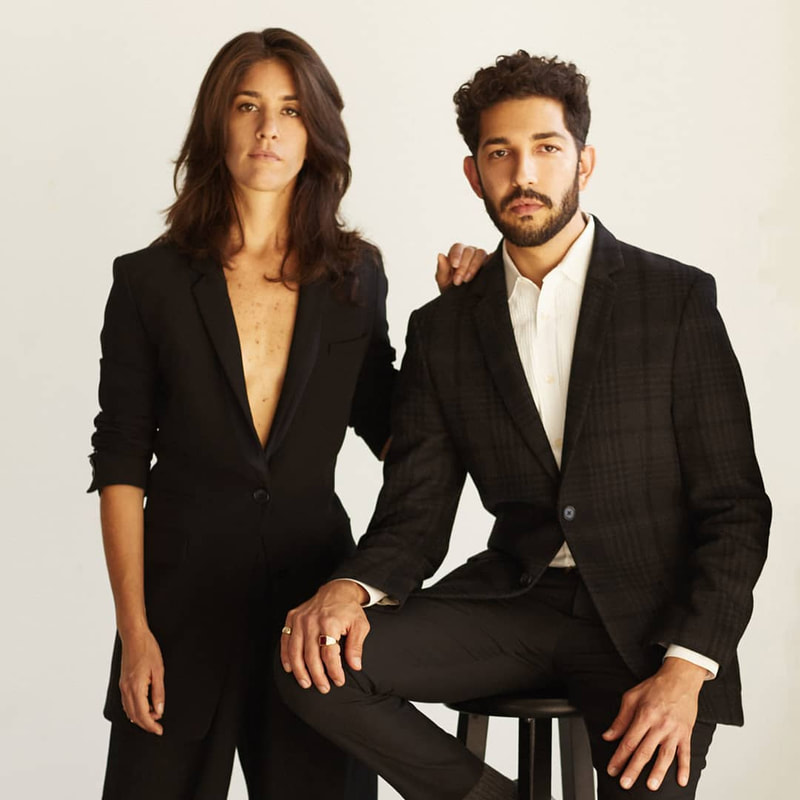
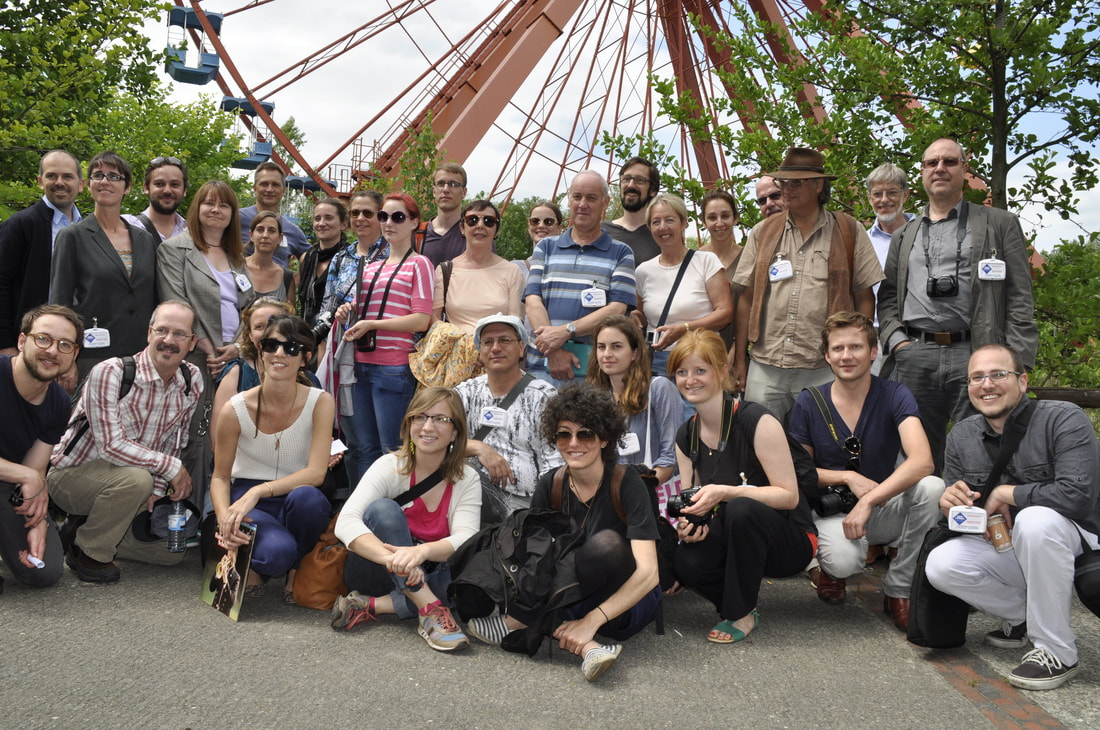
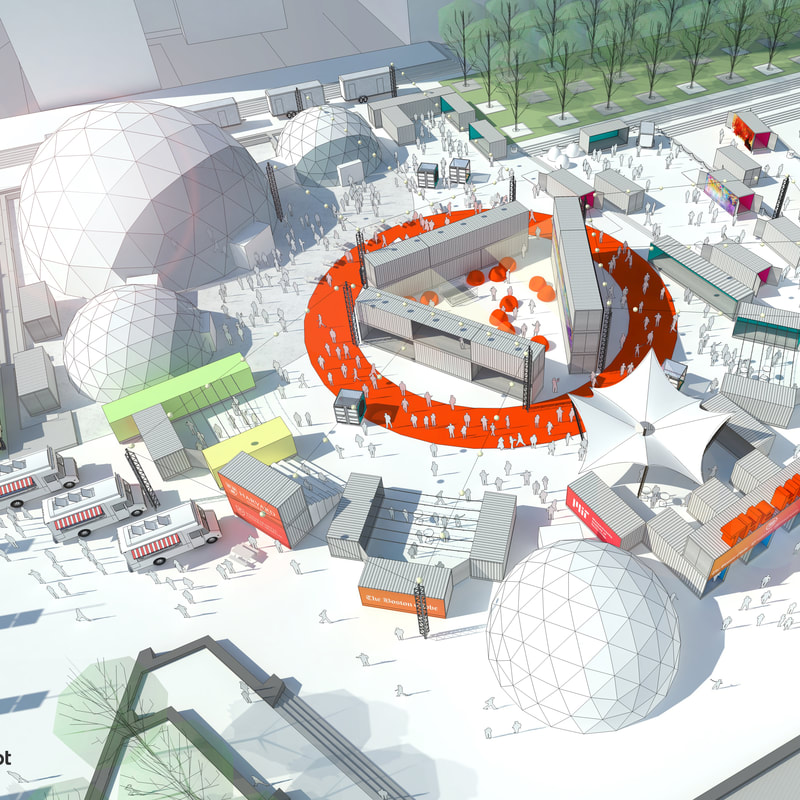
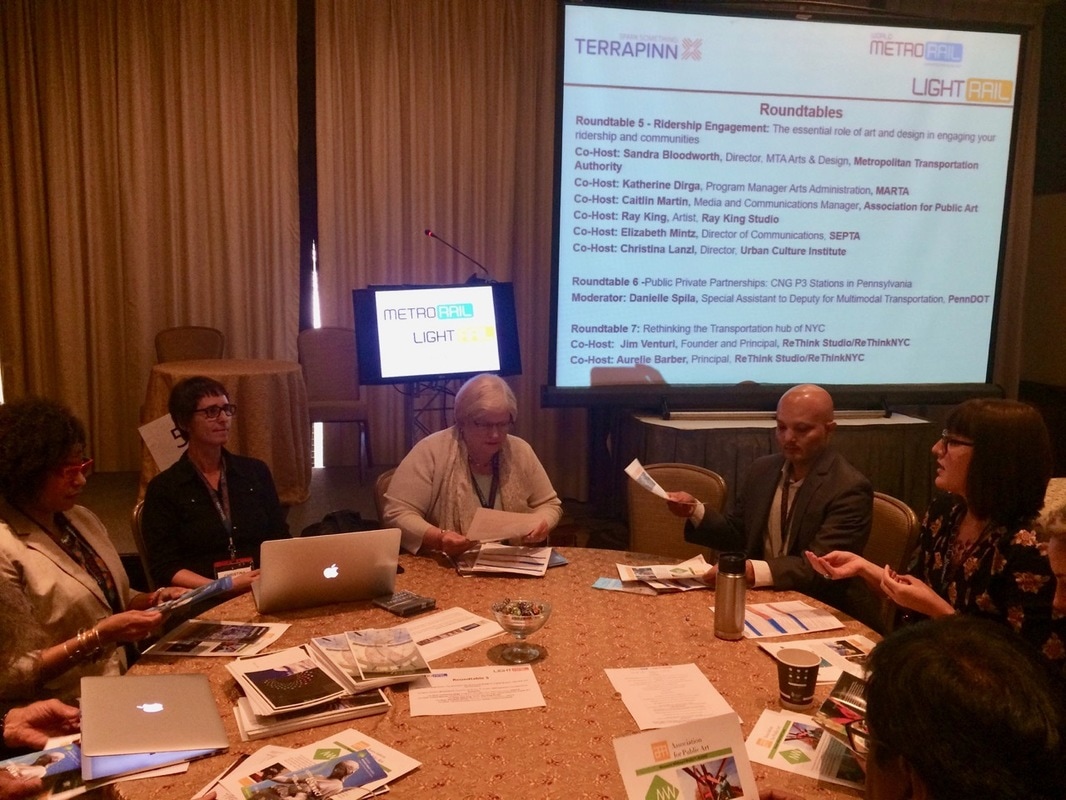
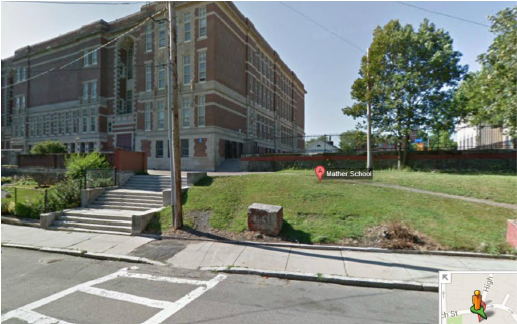
 RSS Feed
RSS Feed